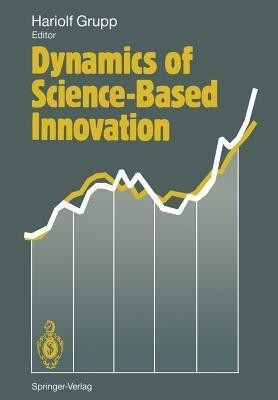Dynamics of Science-Based Innovation(English, Paperback, unknown)
Quick Overview
Product Price Comparison
This volume intends to give an insight into progress in the field of studies on modern science and technology. Researchers from Sweden, Japan and Germany began a "three country comparative study" in 1984. One of the primary aims of this study group was to better take account of the increasing importance of Japan in both analytical work and technology policy. To this end, researchers from the Research Policy Institute (RPI) at the University of Lund, the Graduate School of Policy Science at Saitama University in Urawa, and the Fraunhofer Institute for Systems and Innovation Research in Karlsruhe met almost every year with policy makers from the three countries, in order to see how well the scientific debate is reflected in the interests of practitioneers in the related policies. The cooperation with the Swedish Board for Technical Development (STU)!, the Japanese Ministry of Education, Science and Culture (Monbusho), and the German Federal Ministry for Research and Technology (BMFT) brought about numerous "grey" papers, publications and two volumes of seminar proceedings. The first book2 deals with the problems of measuring technological change and summarizes tentative research plans from our first meetings. I concluded then, in November 1986, that "quantitative results are to be checked in a qualitative discursive process with the involved people. ( . . . ) The interaction of various indicators raises the pressure of argument and credibility. Case studies in dynamic fields of technology ideally supplement quantitative approaches.


